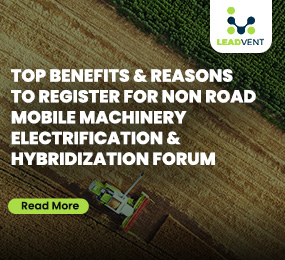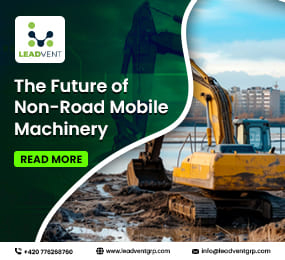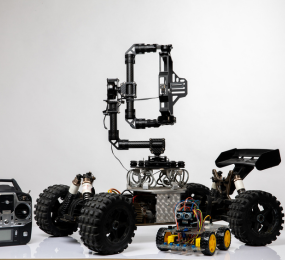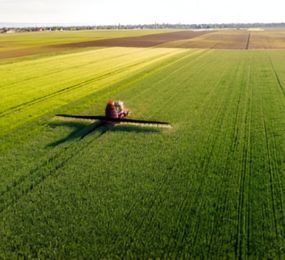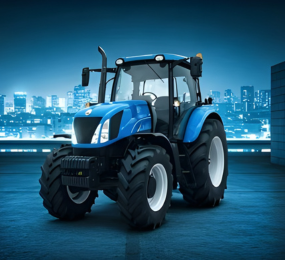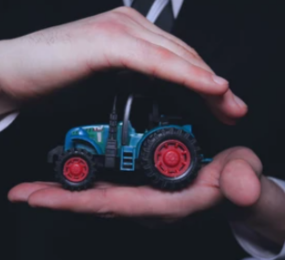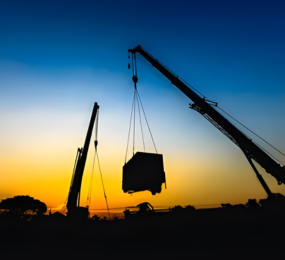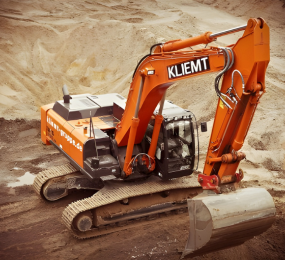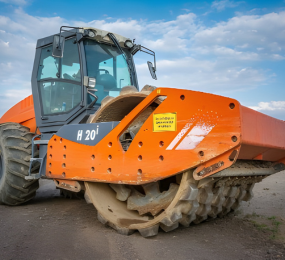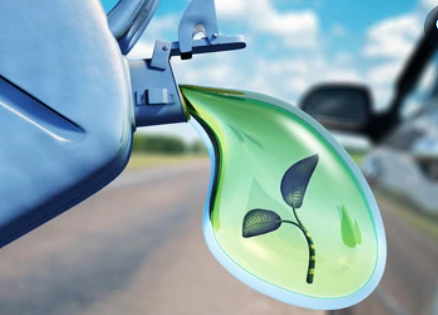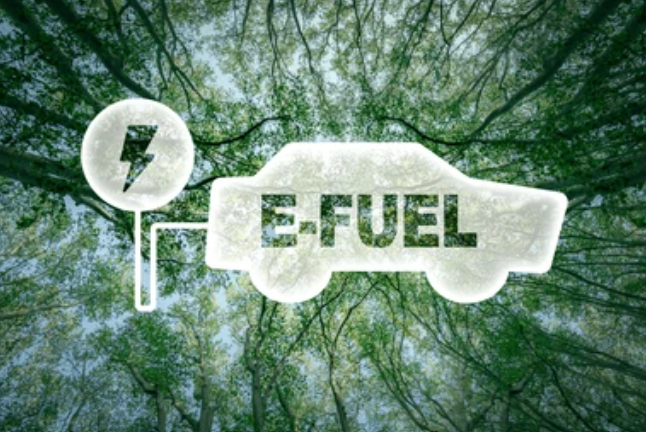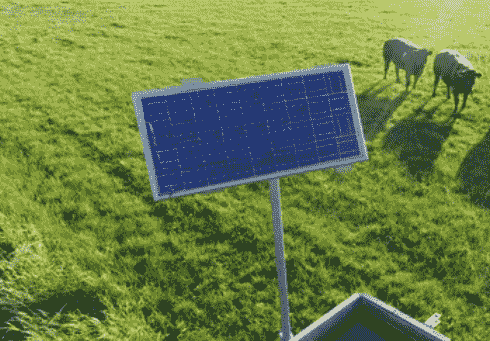Turning Gears for a Greener Future: Electrifying Non-Road Machinery
When we talk about cutting carbon emissions, most of the spotlight falls on electric cars and public transport. But there’s another side to the story—one that’s often overlooked and just as critical. It’s the quiet, steady shift happening off the highways: the electrification of non-road mobile machinery (NRMM).
These machines—think bulldozers, harvesters, forklifts, and mining equipment—are the backbone of some of our most essential industries. You won’t find them in city traffic, but they’re busy every day shaping our buildings, tending our crops, and powering our ports.
Historically, NRMM has relied heavily on diesel engines. They’re tough, reliable, and everywhere—but they also bring high emissions, air pollution, and noise. In busy urban zones, they can be responsible for a large share of localized pollution, and in industries like mining or agriculture, they quietly contribute to a massive carbon footprint.
Why Electrification Makes Sense
Unlike passenger vehicles that need long-range capabilities, many NRMM machines operate in fixed or confined areas—on farms, at job sites, or within mines. That makes them ideal for electrification. Swapping diesel engines for electric ones doesn’t just reduce emissions; it also brings quieter operations, lower maintenance costs, and healthier air for workers.
It’s not just theory—it’s happening. Companies like Volvo Construction Equipment, JCB, and others are already releasing electric versions of popular machines. Early feedback is promising: they’re cleaner, more efficient, and surprisingly powerful.
Real Challenges, Real Solutions
Of course, the road to electrification has bumps. Heavy-duty machines need serious power, and current battery tech can be limiting. But innovation is catching up. Improved battery density, faster charging options, and hybrid models are bridging the gap. Governments are also stepping in—especially in Europe—with incentives, pilot programs, and tighter emissions rules pushing the shift forward.
The result? A growing momentum that’s reshaping what heavy machinery looks—and sounds—like.
Conclusion
The electrification of non-road mobile machinery is more than a technical upgrade—it’s a vital part of our journey toward a cleaner, quieter, and more responsible future. It’s about reimagining the machines that build our world, harvest our food, and power
our industries. As technology evolves and awareness grows, this transition is no longer a question of if—but how soon. And for the industries that adopt early, the benefits will go far beyond environmental gains.
Takeaway Points:
1. NRMM includes off-road machinery used in construction, farming, mining, ports, and forestry.
2. These machines have long depended on diesel, contributing significantly to emissions and noise.
3. Electrification offers cleaner air, lower maintenance, and quieter operation.
4. Battery improvements and government support are accelerating adoption.
Learn more on our website: https://www.leadventgrp.com/events/2nd-annual-non-road-mobile-machinery-electrification-and-decarbonization-forum/details
For more information and group participation, contact us: [email protected] .
Leadvent Group - Industry Leading Events for Business Leaders!
www.leadventgrp.com | [email protected]


